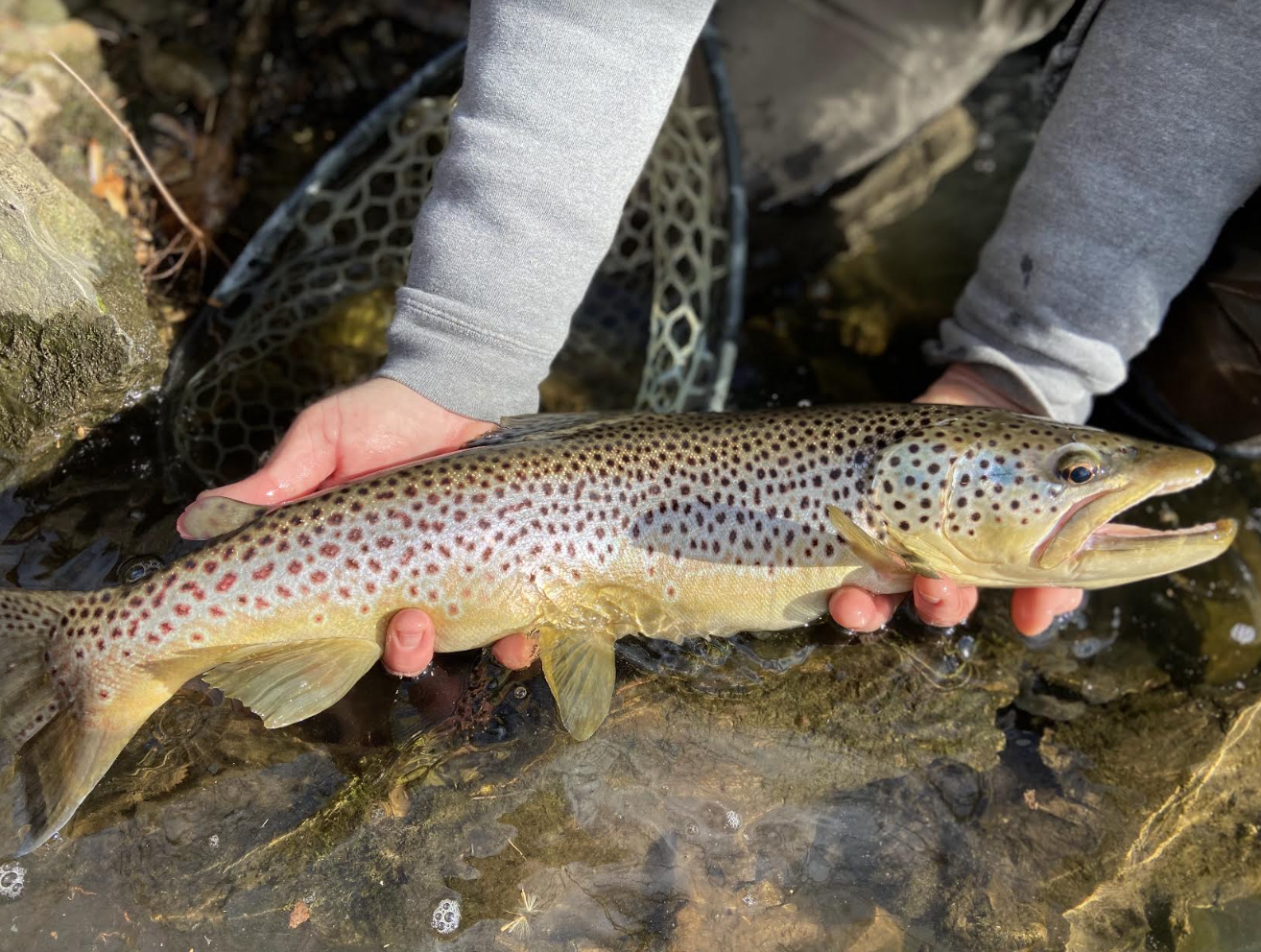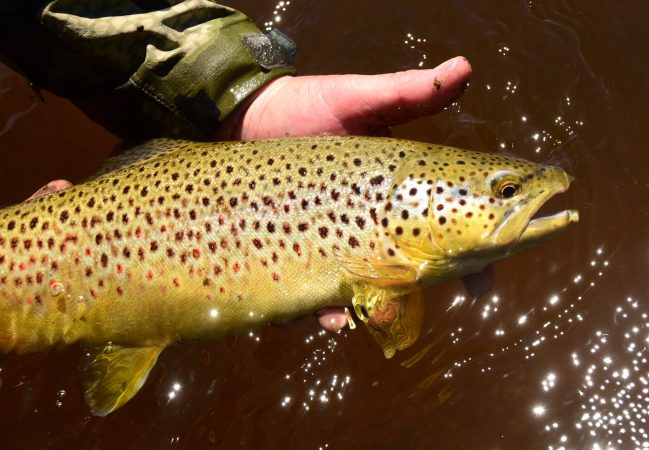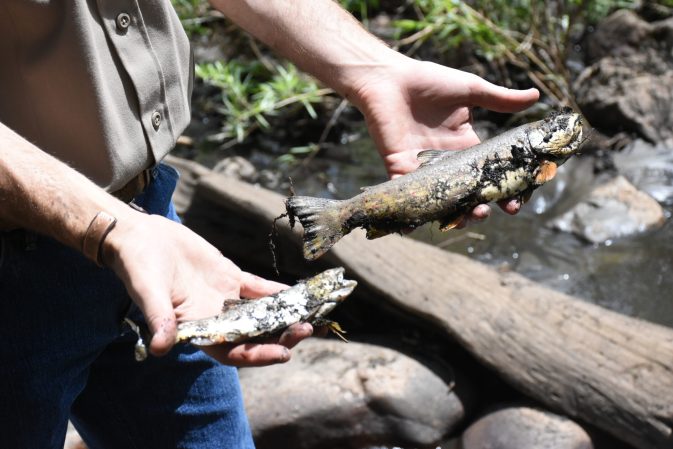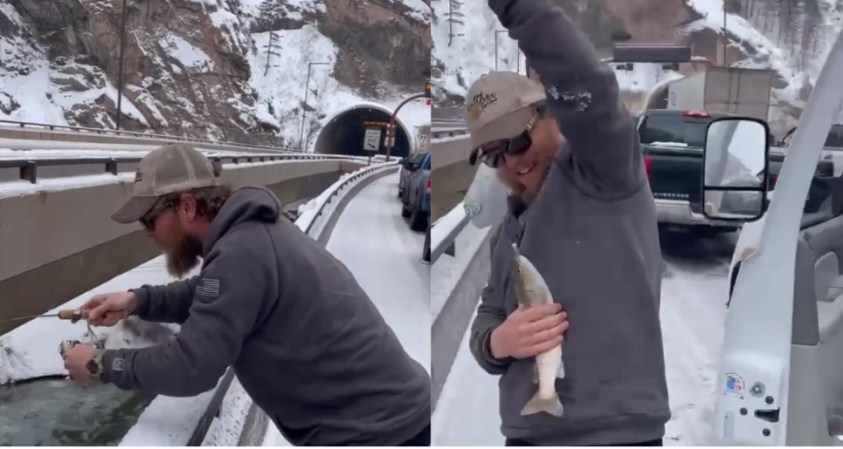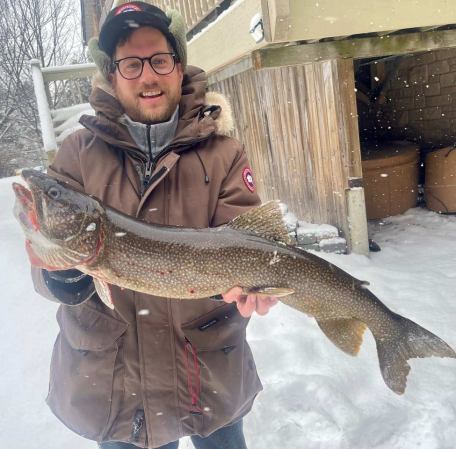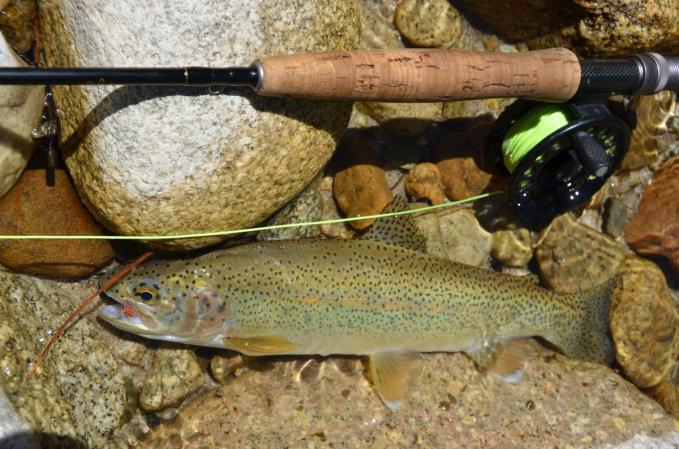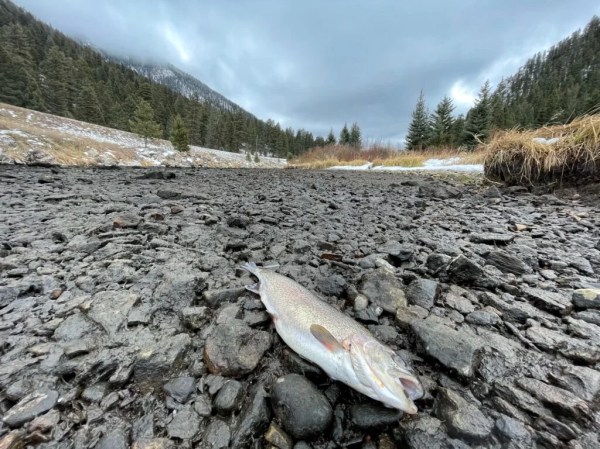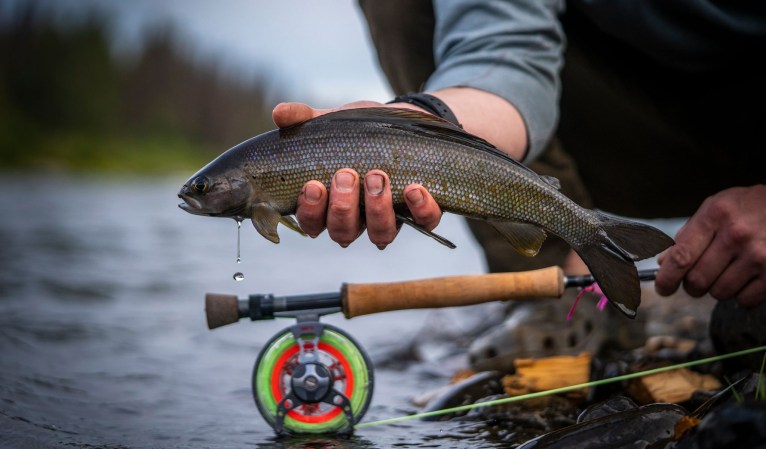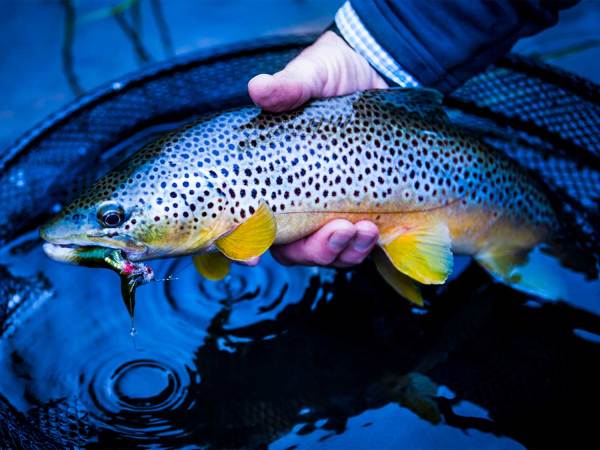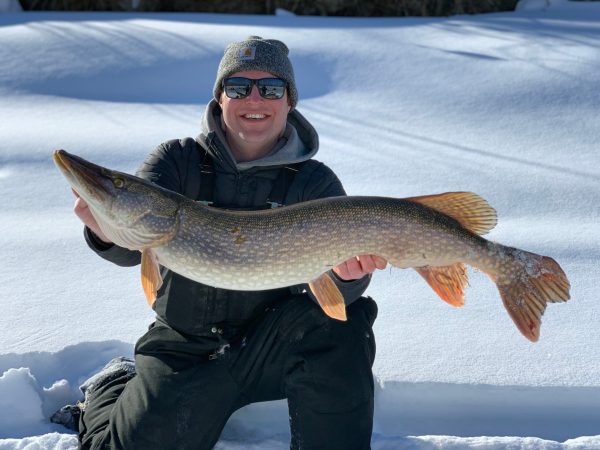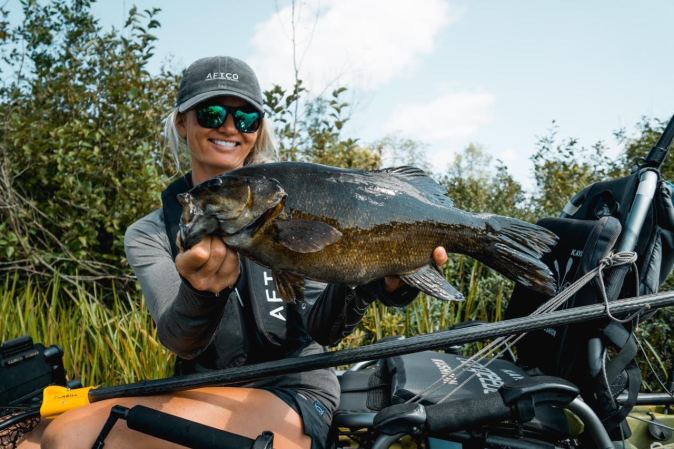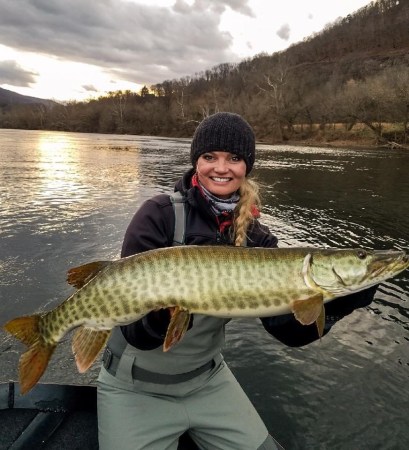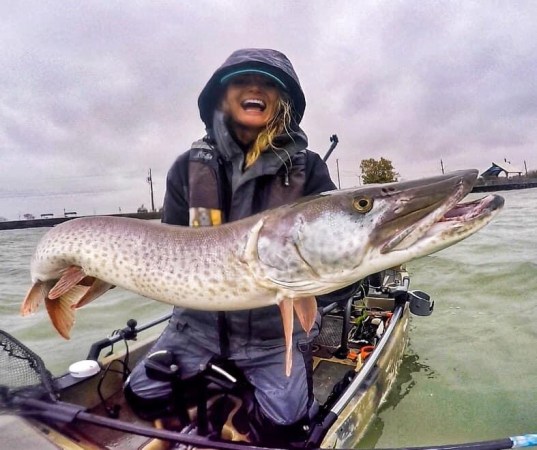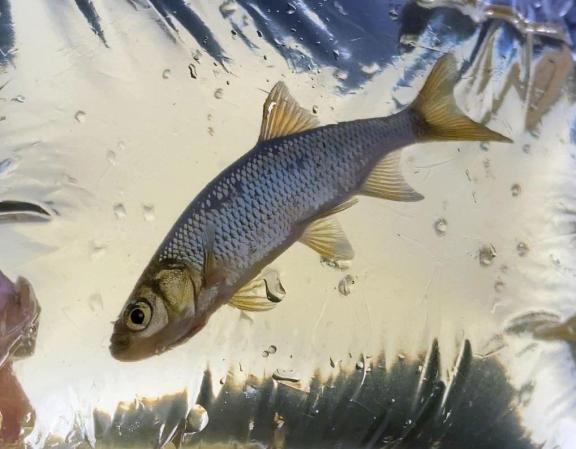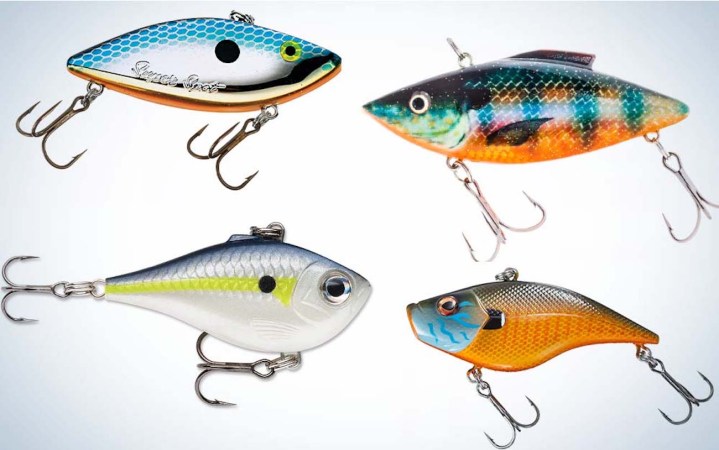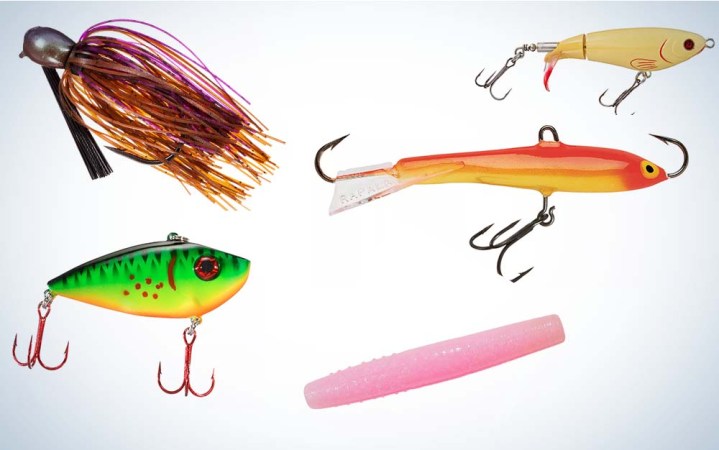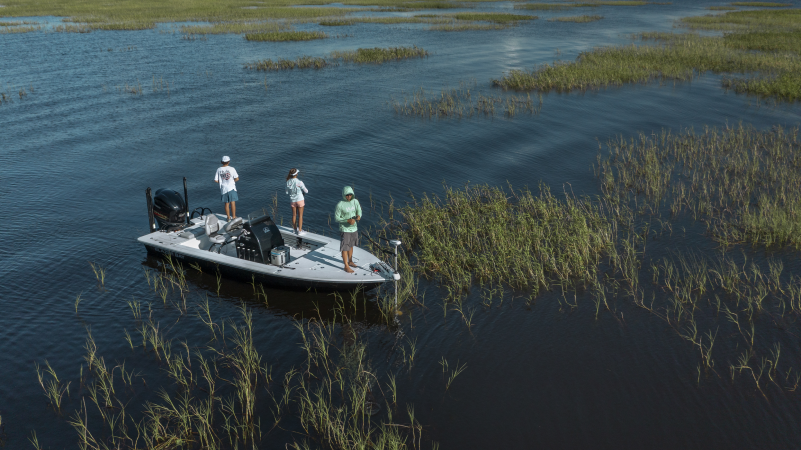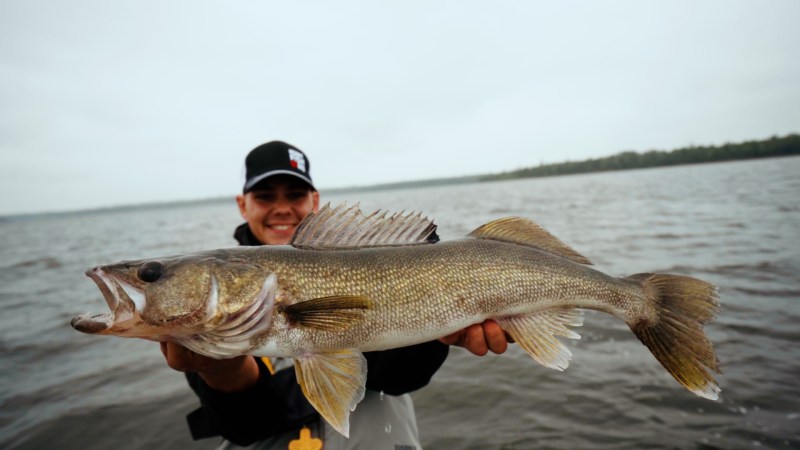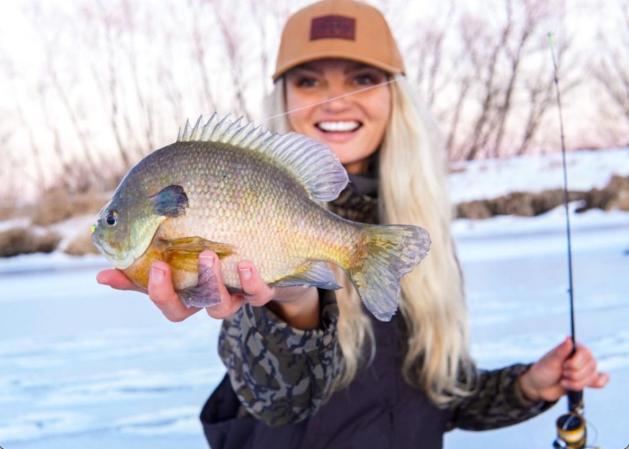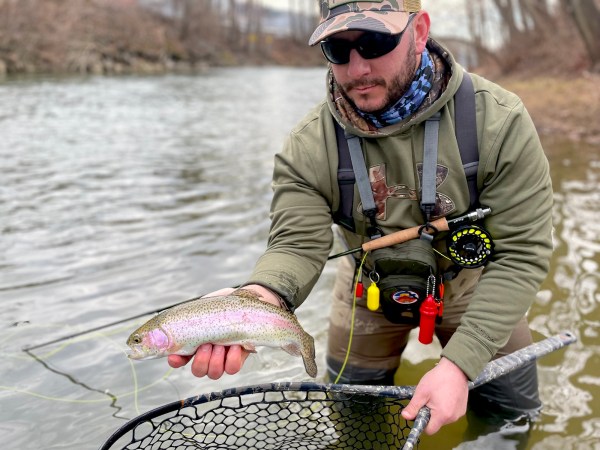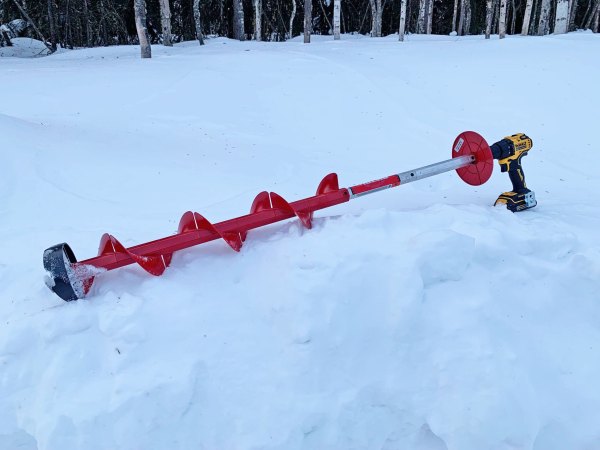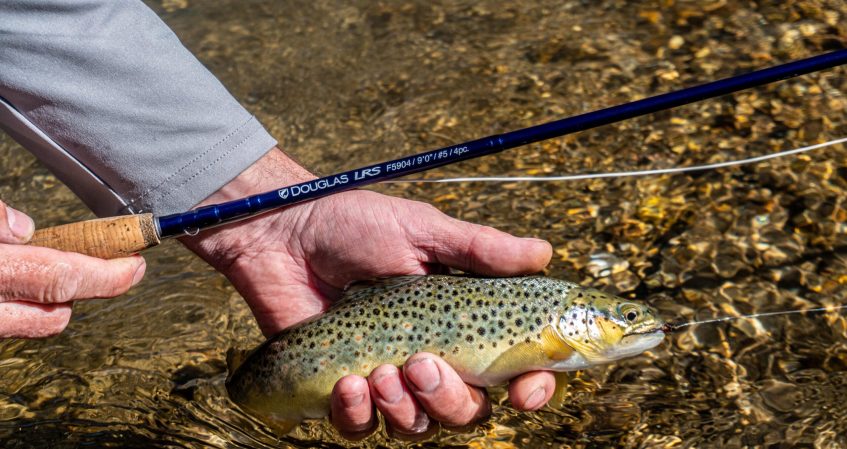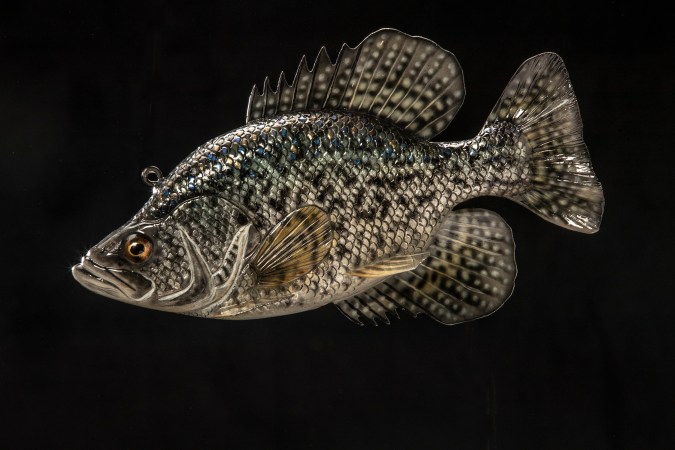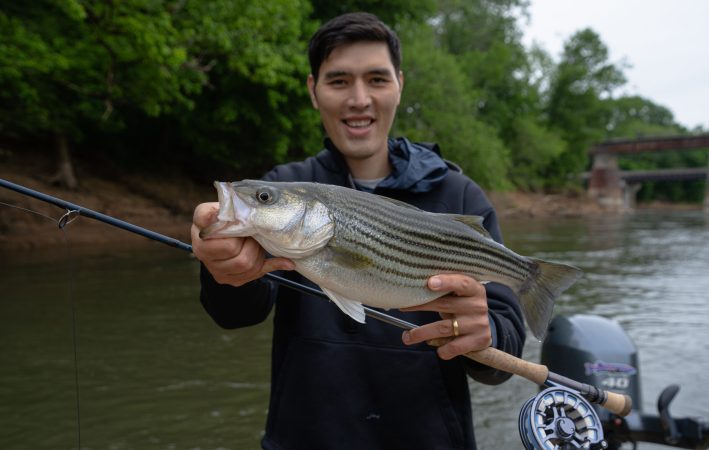If you live in the northern part of the country, odds are good that you have consistent ice coverage on your local lakes and ponds in winter. You’re lucky, because it means you can save your sanity by hitting the hardwater. But for many anglers—myself included—who live in areas where the water stays open most of the winter despite colder temperatures, fishing becomes a challenge. Many anglers simply hang it up after the fall. While it’s hard to deny that opportunities diminish during the winter, they’re certainly not gone until spring. Winter fishing can be productive, but you’ve got to be prepared.
That means having both an understanding of what the fish are doing and choosing your days and times wisely. Here are five of the most common mistakes I see winter anglers make. Avoid them and you might be shocked by the action you find in the dead of winter.
You’re Fishing Too Fast
Everybody loves that feeling when a trout throttles an in-line spinner zipping through the hole, or a pike blasts a topwater propbait glugging along the surface at a good clip. To induce those high-powered reactions, however, conditions need to be right for the fish. They need to be feeding aggressively and willing to cover water to chase down a meal. Those are two things fish are often not interested in doing during winter.
Regardless of water temperature, the shorter days alone are enough to slow fish down and get them into a winter pattern. Their metabolism slows, which means they don’t have to feed as frequently. The good news is most gamefish do have to keep feeding despite conditions that make them sluggish. The trick is often presenting something that entices them without making them move very far. For bass, this could be a tube, drop-shot bait, or plastic worm bounced gently in place long enough to get them to finally bite.
For pike or trout, suspend a jerkbait that will hover in place after each twitch. If you’re after panfish, suspend a tiny jig under a float so it stays right in their faces. The bottom line is, you must slow down and work each area you fish methodically. If you suffer from A.D.D., this can be a challenge, but retrieve slowly, pause often, and assume there is a fish looking at your lure—it just might need another second and another twitch or shake to make it commit.
READ NEXT: Best Trout Lures
You’re Winter Fishing in the Wrong Spots
I do a lot of trout fishing in the winter. On the highly pressured streams I fish, I see quite a few anglers even during the coldest months. What I also see is a lot of them race down to their favorite spring runs and employ the same tactics they would in April or May. What they don’t consider is that a good hole in the spring might not be the right place in February.
To use trout as an example, they often move to areas with slower current, because the faster the water, the more energy they have to expend to hold in it. I also have a lot of success in areas with more mud or silt on the bottom than pure rock. I believe that’s because mud holds more heat than stone.
Most gamefish gravitate to deep water in the winter. That’s not to say they stay there all day every day (more on this in a minute), but as a general rule, no matter what you’re fishing for, assume they are in deeper water holding closer to the bottom than they would be during warmer times of year. On a small lake or pond, this might be close to a spillway; on a stream this might be a slow inside bend. Until the fish or conditions dictate a move to shallower water, it’s a safe bet to start any winter mission in deeper water.
You’re Not Monitoring the Weather Patterns
All fish are sensitive to atmospheric changes, and this holds true even when it’s bitter cold outside. In the summer, a pending thunderstorm often kicks off a vicious bite, as the looming front rapidly drops the barometric pressure, getting the fish on the feed. What many anglers don’t understand is that atmospheric change doesn’t have to be drastic to produce the same action.
If it’s been bright and sunny for the last few days and the forecast calls for snow flurries, you can expect an uptick in feeding just ahead of the dusting, even if the inbound weather is short lived and not changing the overall temperature very much. Any change in weather, however slight, is a good thing. Conversely, fishing right after the change can be tough until conditions stabilize again. So, always try to fish right before a change, and then keep an eye out for stable conditions to return post change.
You’re Not Watching the Water
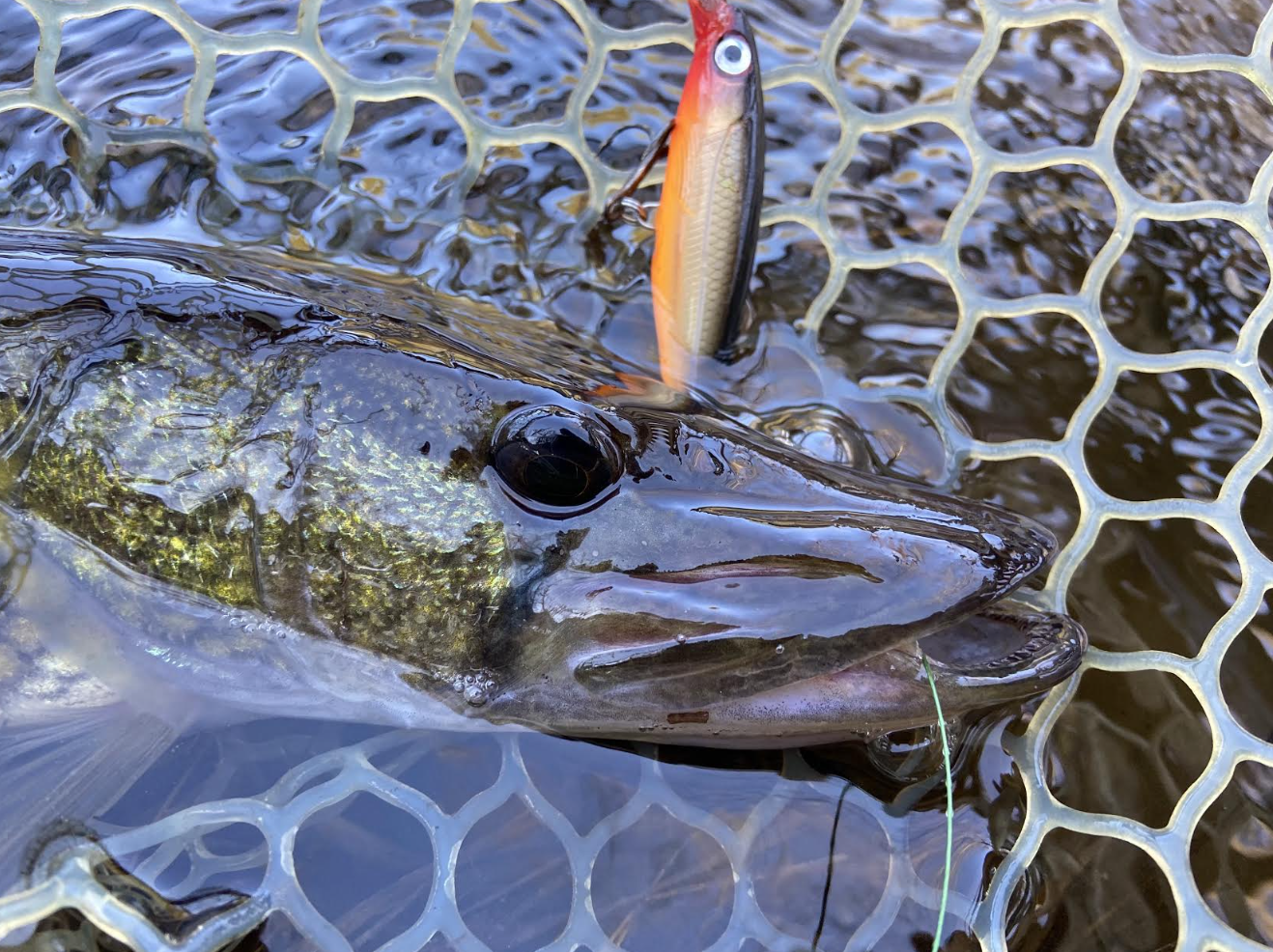
Earlier I noted that fish tend to go deep in winter. That’s true, but I’ve caught lots of February pickerel in a foot of water and loads of trout in shallow, fast rifles in January. So, what gives? The catalysts that will often get fish to move in winter are water color, height, and temperature.
The clearer the water, the colder it usually is, and this holds true for moving or still water.
Crystal-clear water can be incredibly challenging to fish, because not only is it cold, but it makes already sluggish fish even more wary. But one rainstorm or a bit of run-off from snowmelt can change the game very quickly. A bump in flow or lake level coupled with a staining of the water can quickly move fish from deep sanctuaries to active feeding areas. They may only hang around until the clarity changes or water level drops, but I always look for high, stained conditions in winter. This can put species like pike and crappies tight to the bank for a time, as the opaque water will also absorb more heat and could bump up a degree or two in a single day. Smallmouths and trout in moving water can take the opportunity to feed aggressively before conditions change and tuck them back into their deep winter haunts.
You’re Not Playing the Windows
It doesn’t matter if you have ideal or brutal conditions—the odds of catching fish all day in the dead of winter are unlikely. Most of the time, on any given day, there is a feeding window. Sometimes, if you’re lucky, it’ll last for a few hours; other times it might last ten minutes. But it’s important to understand these windows for two reasons.
For one, it helps to keep your motivation up when you realize action can go from 0 to 60 any time you’re out. I’ve experienced this more times than I could ever count when suddenly, just when I think my numb hands can’t take anymore, a flip is switched and areas I’ve been casting to for hours start producing fish. The other good thing about windows is that if you monitor conditions, you have better odds of figuring out when that window will open.
READ NEXT: How to Catch Catfish in Winter
As an example, in clear water, I might fish closer to evening, as the low light will make fish less wary, and any radiant heat from the sun capable of notching temperatures up even slightly will have taken effect late in the day. If a winter storm is coming, ideally, I’d want to fish an hour or two before it hits. Pegging windows is never an exact science, nor will they be the same all the time. But by winter fishing through a range of conditions, you’ll gain a better understanding of fitting together the puzzle pieces. When that happens, it makes braving the cold worth the effort.

